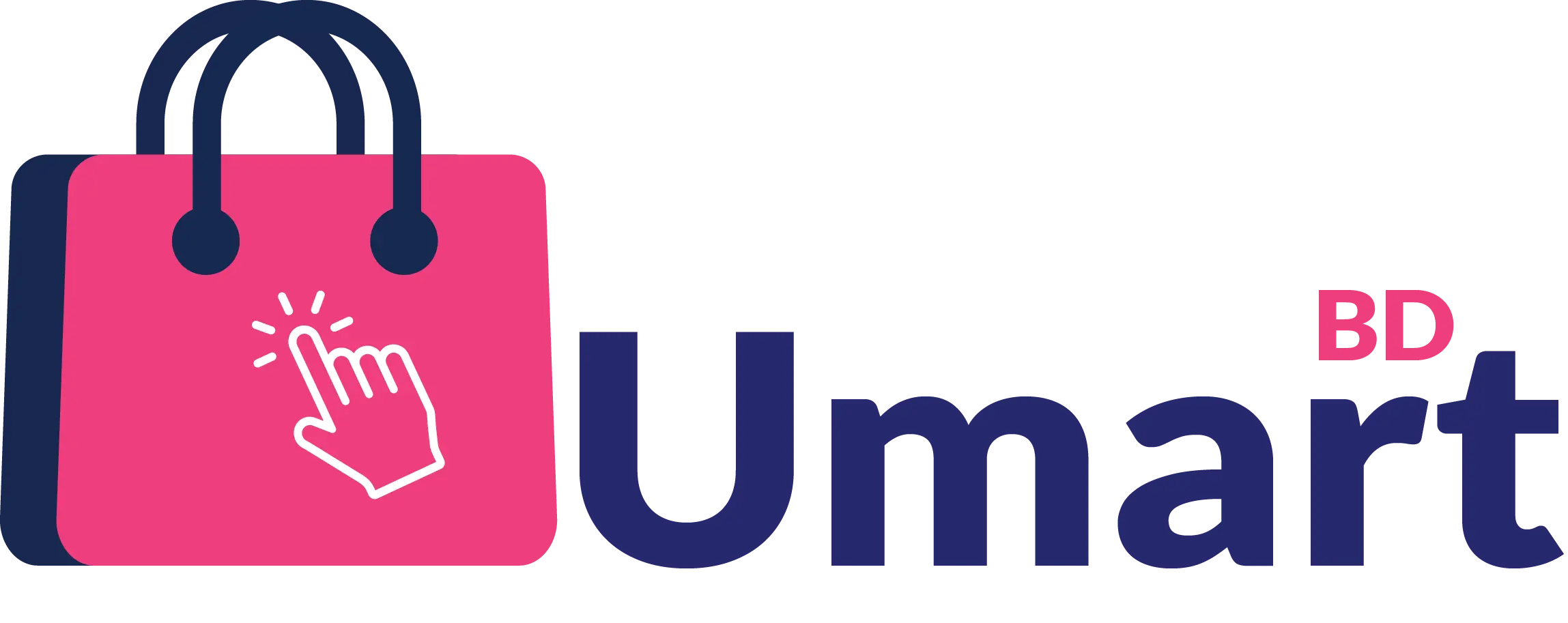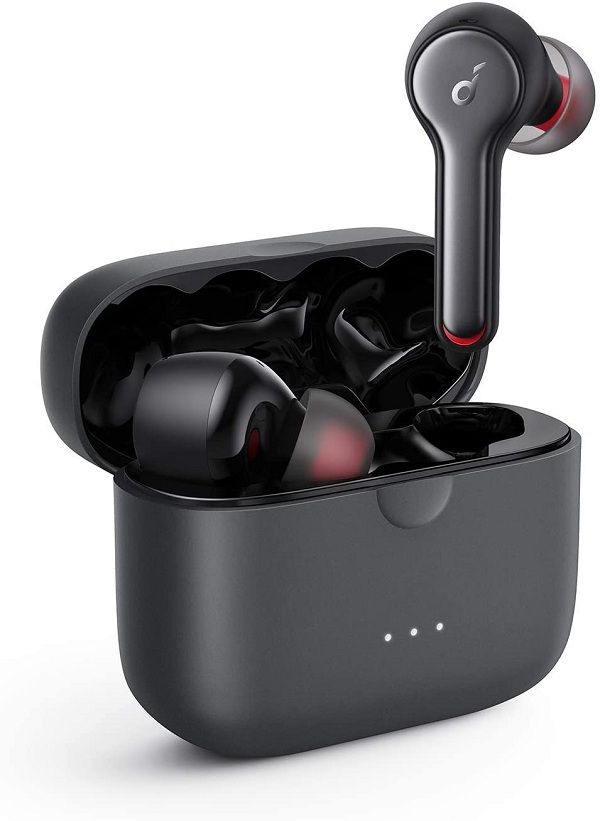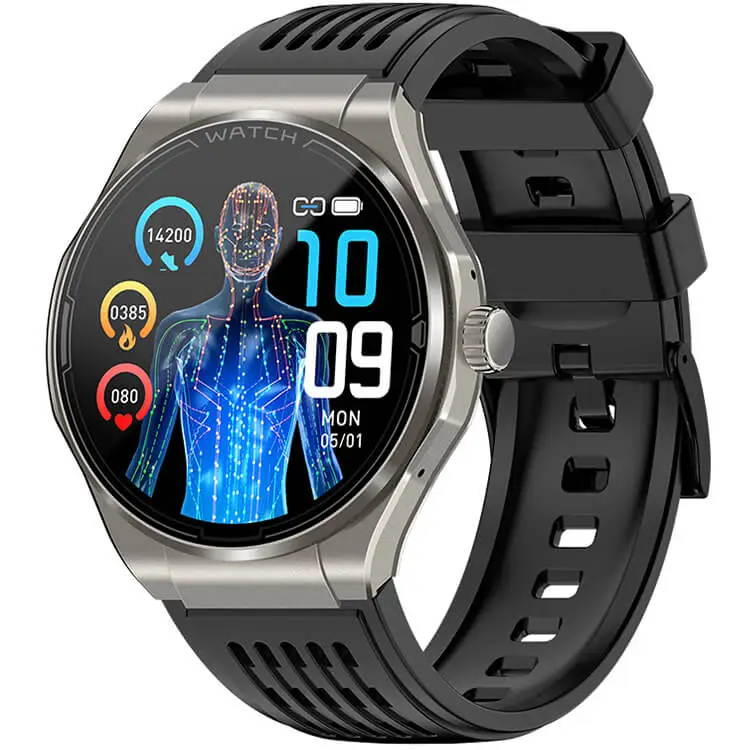Mastering Customer Segmentation: Building Advanced Models for Hyper-Targeted Personalization
Achieving hyper-targeted personalization hinges on developing sophisticated segmentation models that go beyond basic demographic data. This in-depth guide explores how to leverage behavioral, psychographic, and machine learning techniques to discover nuanced customer clusters. By understanding and implementing these advanced segmentation strategies, marketers can craft highly relevant campaigns that resonate with niche micro-segments, ultimately driving engagement and conversions.
Table of Contents
Applying Behavioral Segmentation Techniques (e.g., Browsing, Purchase History)
Behavioral segmentation is the cornerstone of advanced personalization because it captures real-time customer actions that indicate intent and preferences. To implement this effectively:
- Data Collection: Use event tracking tools like Google Analytics, Adobe Analytics, or custom pixel implementation to capture page views, clickstreams, time spent, cart additions, and abandonment points.
- Data Processing: Normalize data across channels and devices, creating unified user profiles. For example, merge web browsing data with in-app activity using user IDs or cookies.
- Segmentation Logic: Define behavioral clusters such as “frequent browsers,” “high-value buyers,” “window shoppers,” or “abandoners.” Use RFM analysis (Recency, Frequency, Monetary value) to prioritize high engagement segments.
- Actionable Example: Identify users who frequently browse product categories but have not purchased recently. Target them with personalized email offers or retargeting ads highlighting relevant items.
Advanced tip: Implement real-time behavioral scoring algorithms that assign dynamic scores based on recent actions. For instance, a user who just added multiple items to cart but did not purchase could get a “high cart abandonment risk” score, triggering immediate personalized outreach.
Leveraging Psychographic and Demographic Data for Niche Segments
While behavioral data reveals what customers do, psychographics and demographics uncover why they do it. Combining these data points enables the creation of highly specific micro-segments:
| Data Type | Actionable Use |
|---|---|
| Demographics (Age, Gender, Location) | Personalize offers based on age groups or regional preferences. For example, promote winter apparel to northern regions. |
| Psychographics (Lifestyle, Values, Interests) | Target eco-conscious consumers with sustainable product lines, based on expressed values or interests. |
Use surveys, social media listening tools, and customer feedback to enrich psychographic profiles. For example, segment customers into “adventure seekers” versus “luxury lovers” for tailored messaging.
Utilizing Machine Learning Algorithms to Discover Hidden Customer Clusters
Machine learning (ML) enables the identification of complex, non-obvious customer segments that traditional analysis might overlook. The process involves:
- Data Preparation: Aggregate multi-channel data, including behavioral, demographic, and psychographic variables. Handle missing data via imputation or removal.
- Feature Engineering: Create composite features such as “purchase velocity,” “engagement score,” or “interest vectors” using techniques like principal component analysis (PCA) to reduce dimensionality.
- Clustering Algorithms: Apply unsupervised algorithms like K-Means, DBSCAN, or hierarchical clustering. For example, use K-Means with an optimal cluster number determined by the silhouette score.
- Validation and Refinement: Validate clusters by examining intra-cluster similarity and inter-cluster dissimilarity. Use visualization techniques like t-SNE plots to interpret high-dimensional data.
- Deployment: Assign new customers to existing clusters using trained models, enabling dynamic personalization based on cluster membership.
“The key to effective ML-driven segmentation is continuous model retraining and feature updates, ensuring clusters remain relevant as customer behaviors evolve.”
Step-by-Step Implementation Framework
1. Data Infrastructure Setup
- Centralize Data: Use a customer data platform (CDP) or data warehouse (e.g., Snowflake, BigQuery) to integrate all sources.
- Implement Tracking: Deploy event tracking pixels, SDKs, and server logs for real-time data capture across channels.
- Data Governance: Establish data governance policies ensuring GDPR, CCPA, and other compliance standards.
2. Define Segmentation Criteria
- Select Variables: Choose behavioral, demographic, and psychographic variables aligned with campaign goals.
- Set Thresholds: Define thresholds for actions like purchase recency, frequency, or engagement scores.
- Create Profiles: Use SQL queries or data processing pipelines to generate initial customer segments.
3. Automate Campaign Deployment
- Segment Activation: Use marketing automation platforms (e.g., HubSpot, Salesforce Marketing Cloud) to trigger campaigns based on segment membership.
- Dynamic Content: Leverage personalization engines to serve real-time tailored content, adjusting offers or messaging dynamically.
- Monitoring & Optimization: Set up dashboards to track key performance indicators (KPIs) and refine segments based on results.
Common Pitfalls and Troubleshooting Tips
- Over-Segmentation: Creating too many micro-segments can lead to data fragmentation and operational complexity. Maintain a balance by consolidating similar clusters and regularly pruning inactive segments.
- Data Privacy Violations: Always anonymize personally identifiable information (PII) and stay updated on regulations. Use privacy-preserving techniques like differential privacy when applying machine learning.
- Segment Drift: Customer behaviors evolve; failing to update segments causes irrelevant targeting. Schedule periodic re-clustering (e.g., quarterly) and monitor key behavioral shifts.
- Technical Challenges: Ensure data pipelines are robust, with error handling and data validation steps. Use version control for models and segmentation criteria to track changes.
“Invest in automated monitoring tools that flag significant deviations in segment behavior, enabling proactive adjustments and maintaining campaign relevance.”
Conclusion and Connecting to Broader Context
Building advanced segmentation models requires a blend of technical expertise, strategic planning, and ongoing refinement. By applying machine learning algorithms—such as clustering with K-Means or DBSCAN—and integrating behavioral, psychographic, and demographic data, marketers can identify hidden customer clusters that drive personalized engagement at scale. These micro-segments form the foundation for highly relevant, contextually aware campaigns that significantly improve ROI.
For a comprehensive understanding of how segmentation fits into holistic personalization strategies, refer to the broader context in {tier1_anchor}. Additionally, exploring the Tier 2 concepts on targeted personalization will deepen your grasp of these advanced techniques and ensure your campaigns are both effective and compliant.











